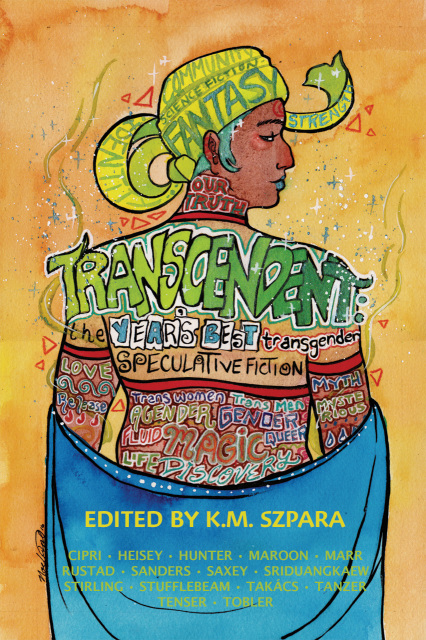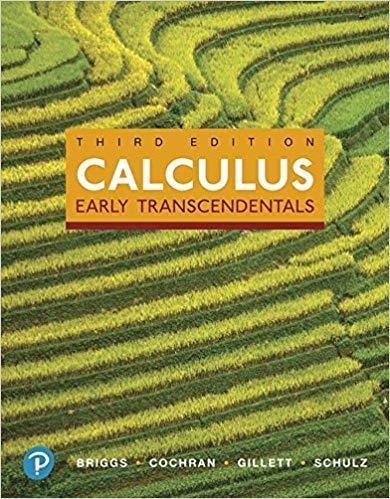

In this, one detects the influence of the Arabian commentator on Aristotle, Avicenna, who enumerated thing, being, and one ( res et ens et unum -Meta. Albert also inquired whether thing ( res ) and otherness ( aliquid ) are to be enumerated among these properties his answer was that thing is synonymous with being while otherness is already contained in the concept of unity. 11.21.Īmong the scholastics, alexander of hales and albert the great proposed the same three essential attributes of being, while the latter gave a clear systematic development. 2.5 Inquantum est, quidquid est, bonum est (Insofar as it is, whatever exists is good) - Vera relig. 2.6 Verum mihi videtur esse id quod est (The true appears to me to be that which is) - Soliloq. During the patristic period, augustine expressed the essence of being in the precise formulas: Nihil autem est esse quam unum esse (Being is nothing more than being one) - Mor. The soul and all things participate in this, although the brightness of being and its properties grows dimmer and dimmer in descending degrees because of the influence of matter, which corresponds roughly to nonbeing. From this emanates the ν ο ũ ς (mind), which brings ideas to their perfection in thought thus it also is the truth. Plotinus, the main representative of neoplatonism, saw the ultimate source of all things as the One and the Good.

He examines the true and the one in Books 6 and 10 of his Metaphysics, the good in Book 1 of the Nicomachean Ethics, and thereby lays the foundations for much of the scholastic teaching on transcendentals. Since visible being has a share in the ideas and thereby a share in being, it partakes of these properties even though they are found in it only imperfectly.Īristotle treated expressly of the properties of being as such. Here, being shows itself to be unity as opposed to plurality, truth as opposed to appearance, and good as opposed to evil. The ideas, however, are the ὄ ν τ ω ς ὄ ν, the being or true beings, in which the real essence of being shines forth untarnished. plato traced earthly things to their ideas and, through ascending levels, to the highest idea. The following details the principal developments relevant to the analysis of this concept to be given later. In the history of philosophy, greatest attention was given to the transcendentals in the Greek, medieval, and modern periods. The development of these concepts is considered here both historically and systematically. Because such concepts transcend the categories of Aristotle, scholastic philosophers generally refer to them as the transcendentals.

The most common of these are unity, truth, and goodness. Apart from this concept itself, the metaphysician gives detailed examination also to the properties that necessarily accompany being and thus are found with every being. The moving force behind all philosophical thought is the concept of being.


 0 kommentar(er)
0 kommentar(er)
